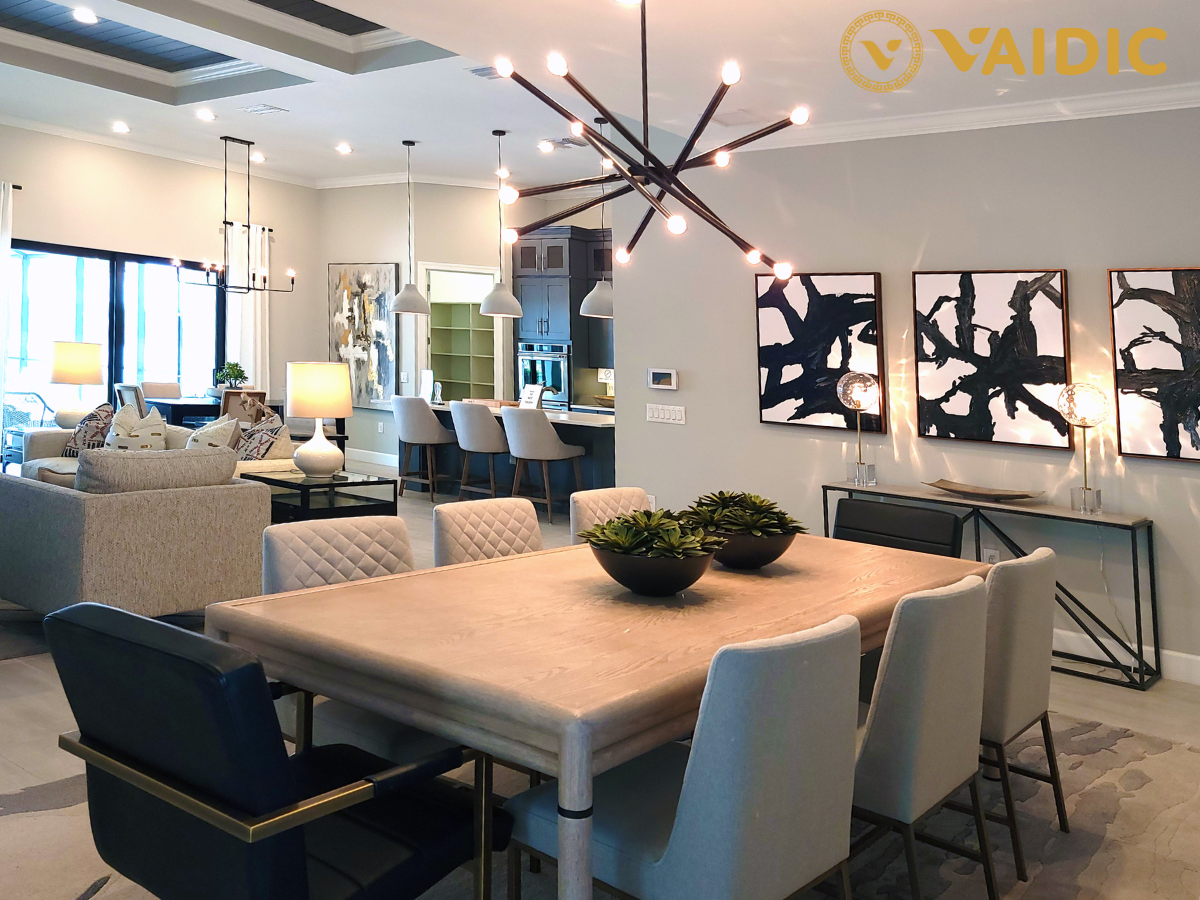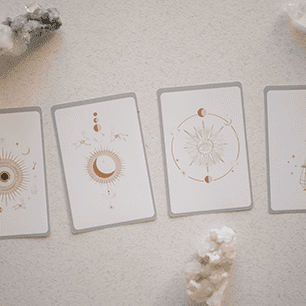
Interior Designing by Vastu Shastra: Creating Harmonious Living Spaces
Interior designing is a blend of art and science that transforms a house into a home. When it comes to creating a comfortable and harmonious living space, there are numerous factors to consider, from color schemes and furniture choices to lighting and layout. One approach that has gained popularity in recent years is interior designing by Vastu Shastra.
Vastu Shastra is an ancient Indian system of architecture and design that aims to create balance and harmony in living spaces. It is based on principles that take into account the flow of energy, the position of elements, and the alignment of various aspects of a building to ensure a positive and peaceful environment. In this article, we’ll explore the concept of interior designing by Vastu Shastra and how it can be applied to enhance your home’s aesthetics and overall well-being.
Understanding Vastu Shastra
Vastu Shastra, often simply referred to as Vastu, is an age-old Indian practice that has been used for centuries to design and arrange living spaces. The term “Vastu” is derived from the Sanskrit words “Vas” meaning “to reside” and “Tatva” meaning “principle.” Vastu Shastra is based on the idea that the arrangement of elements in a living space can impact the well-being and prosperity of its inhabitants.
The core principles of Vastu Shastra are centered on the five elements – Earth, Water, Fire, Air, and Space. These elements are believed to have a profound influence on our lives, and aligning them correctly in a home is thought to bring balance and positive energy. Here’s a brief overview of how these elements are incorporated into Vastu design:
- Earth (Bhumi): Earth represents stability and provides the foundation for the structure. It is associated with the center of the house and should be kept clutter-free and clean to promote stability and growth.
- Water (Jal): Water is a symbol of purity and fluidity. Proper placement of water features, like fountains or aquariums, can enhance the flow of positive energy in the house.
- Fire (Agni): Fire represents energy and transformation. The kitchen, which is associated with the fire element, should be located in the southeast corner of the house, and the use of bright and warm colors can help balance this element.
- Air (Vayu): Air symbolizes movement and freshness. Proper ventilation and the use of indoor plants can enhance the air element, creating a healthier living environment.
- Space (Akasha): Space represents the cosmic element and is associated with the void that permeates everything. Proper utilization of space, along with minimal clutter, can improve the flow of positive energy.
Vastu Shastra Guidelines for Interior Designing
Now that we have a basic understanding of the five elements and their significance in Vastu Shastra, let’s delve into specific guidelines for interior designing with Vastu principles in mind:
- Main Entrance: The main entrance is considered the “mouth” of the house, where energy enters. It should face a favorable direction, typically the north or east, and be well-lit and inviting. Avoid placing mirrors or staircases directly facing the entrance, as they can deflect positive energy.
- Living Room: This is where the family gathers, and it should be located in the north or east part of the house. Use light, soothing colors, and avoid heavy or dark furniture. Keep the center of the room free from obstructions to promote positive energy flow.
- Kitchen: The southeast corner of the house is the ideal location for the kitchen, as it is associated with the fire element. Ensure that the cooking area is clean, well-ventilated, and well-organized. Use warm, bright colors to stimulate the fire element.
- Bedrooms: The master bedroom should be in the southwest corner, while other bedrooms can be placed in the south or west. Beds should have solid walls behind them and be positioned with the head facing south for better sleep and overall well-being.
- Bathroom: The bathroom should ideally be located in the west or northwest, and the toilet seat should not directly face the main door. Keep the bathroom clean, well-ventilated, and free of leaks to maintain a positive energy flow.
- Colors: Vastu recommends using specific colors for different rooms based on the elements they represent. For example, the use of earthy tones like beige and brown is recommended for the living room, while blue or green can be used in bedrooms to promote a sense of calm and relaxation.
- Lighting: Natural light is highly regarded in Vastu, so maximize the use of windows and doors to allow sunlight to enter. In addition, proper lighting fixtures can enhance the energy in a room. Soft, warm lighting is preferable to harsh, bright lights.
- Mirrors: Mirrors can be used strategically to amplify light and space, but they should not reflect negative elements like clutter or sharp objects. Avoid placing mirrors opposite the bed in the bedroom.
- Furniture Arrangement: Arrange furniture in a way that allows for free movement and encourages interaction. Avoid sharp or pointed furniture, which can create negative energy, and use rounded edges instead.
- Plants and Decor: Indoor plants can improve air quality and create a sense of freshness. Decorative elements like wind chimes, bells, and artwork depicting nature can also enhance the positive energy in your home.
Benefits of Interior Designing by Vastu Shastra
- Improved Well-being: By aligning your living space with Vastu principles, you can create an environment that promotes physical and mental well-being. The harmonious flow of energy can reduce stress and anxiety while enhancing overall health.
- Better Relationships: Vastu-compliant designs can improve the relationships among family members by creating an atmosphere of harmony and understanding.
- Financial Prosperity: Proper Vastu design is believed to attract positive energy, which can contribute to financial stability and prosperity.
- Enhanced Concentration: A well-designed study or work area can improve concentration and productivity.
- Peace and Positivity: Vastu principles can help create a peaceful and positive ambiance, making your home a sanctuary from the chaos of the outside world.
- Increased Comfort: Proper placement of furniture and elements can enhance the comfort and functionality of your living space.
Challenges and Misconceptions
While interior designing by Vastu Shastra offers numerous benefits, it’s essential to recognize that it’s not a one-size-fits-all solution. There are several challenges and misconceptions associated with Vastu:
- Cultural Differences: Vastu Shastra is deeply rooted in Indian culture, and its principles may not align with the preferences and beliefs of people from different cultural backgrounds. It’s essential to adapt Vastu guidelines to suit your lifestyle and personal choices.
- Architectural Constraints: In some cases, existing architectural limitations may make it difficult to adhere to strict Vastu principles. It’s important to strike a balance between Vastu guidelines and practicality.
- Flexibility: Vastu Shastra can be quite rigid in its recommendations, which may not always be feasible in modern homes. Being overly fixated on Vastu compliance can limit your creativity and personal expression in your living space.
- Overemphasis on Material Gain: Some people believe that Vastu is primarily concerned with material prosperity, which can lead to a materialistic approach to design. It’s important to remember that Vastu is also about creating an emotionally and spiritually enriching environment.
Conclusion
Interior designing by Vastu Shastra is a holistic approach to creating living spaces that are not only aesthetically pleasing but also promote well-being, harmony, and positive energy. While Vastu guidelines offer valuable insights into arranging your home, it’s essential to strike a balance between tradition and practicality. Your home should reflect your unique personality and preferences while incorporating Vastu principles that resonate with you.
Ultimately, the goal of Vastu Shastra is to create a home where you can thrive physically, emotionally, and spiritually. By understanding and incorporating these principles thoughtfully, you can design a space that fosters balance, prosperity, and happiness for you and your family.





